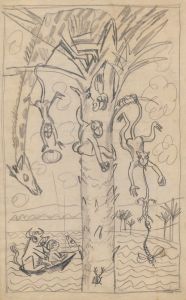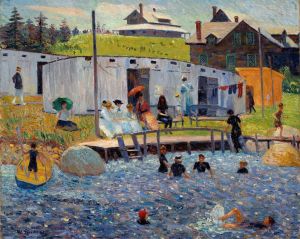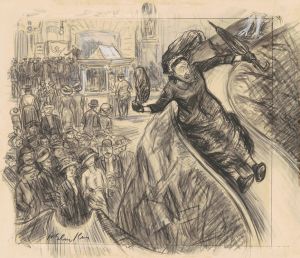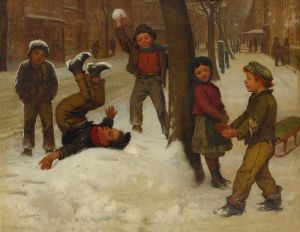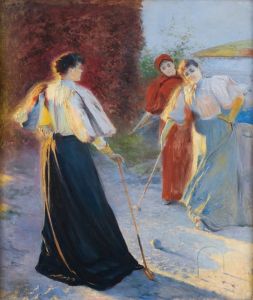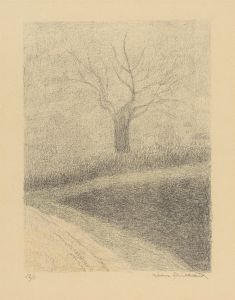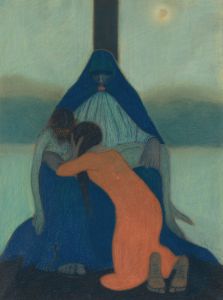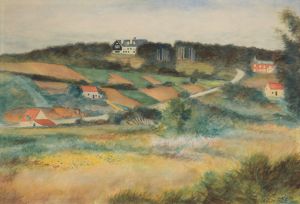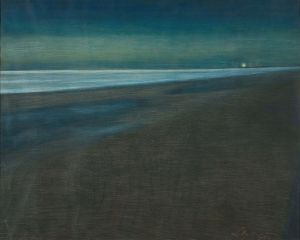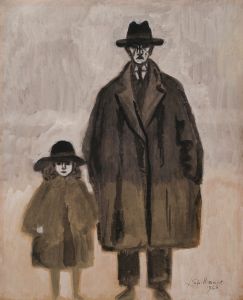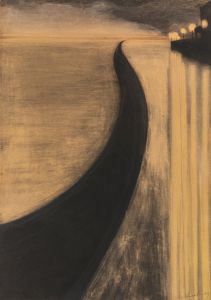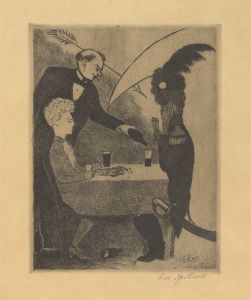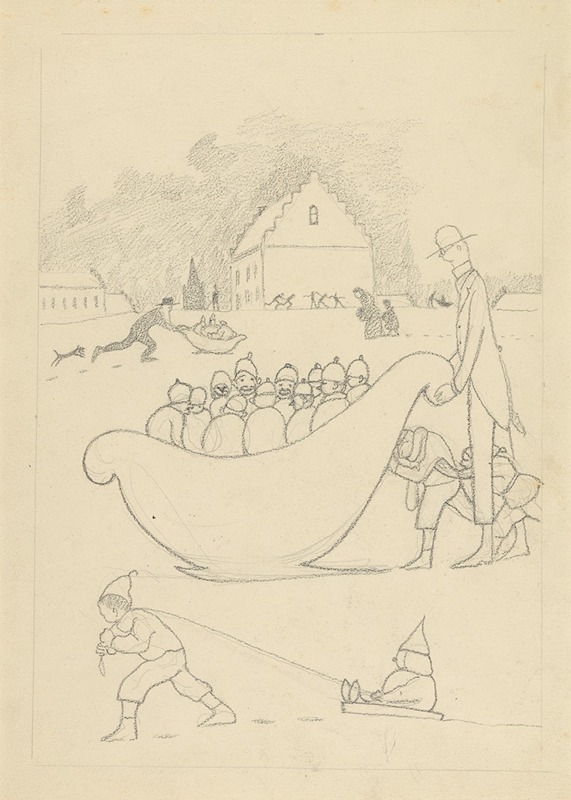
Les plaisirs de la glissade au traîneau
A hand-painted replica of Léon Spilliaert’s masterpiece Les plaisirs de la glissade au traîneau, meticulously crafted by professional artists to capture the true essence of the original. Each piece is created with museum-quality canvas and rare mineral pigments, carefully painted by experienced artists with delicate brushstrokes and rich, layered colors to perfectly recreate the texture of the original artwork. Unlike machine-printed reproductions, this hand-painted version brings the painting to life, infused with the artist’s emotions and skill in every stroke. Whether for personal collection or home decoration, it instantly elevates the artistic atmosphere of any space.
Léon Spilliaert (1881–1946) was a Belgian symbolist painter and graphic artist known for his unique style that often combined elements of symbolism, expressionism, and surrealism. His works frequently explore themes of solitude, introspection, and the mysterious aspects of the human psyche. Spilliaert's art is characterized by its use of stark contrasts, dramatic lighting, and a sense of haunting atmosphere.
"Les plaisirs de la glissade au traîneau" (translated as "The Pleasures of Sledding") is one of Spilliaert's works that captures a moment of leisure and enjoyment. While specific details about this particular painting are scarce, it is consistent with Spilliaert's broader body of work, which often depicted scenes of everyday life imbued with a sense of mystery and introspection.
Spilliaert was born in Ostend, Belgium, a coastal city that greatly influenced his artistic vision. The sea, the changing skies, and the quiet streets of Ostend frequently appear in his work, providing a backdrop for his exploration of mood and emotion. Although he had no formal artistic training, Spilliaert was deeply influenced by the symbolist movement and artists such as James Ensor and Edvard Munch.
Throughout his career, Spilliaert experimented with various mediums, including ink, watercolor, and pastel. His works often feature a limited color palette, which enhances the emotional impact and atmospheric quality of his scenes. Spilliaert's ability to convey complex emotions through simple compositions and his mastery of light and shadow are hallmarks of his style.
In "Les plaisirs de la glissade au traîneau," Spilliaert likely captures a winter scene, a subject that allows for the exploration of light and shadow on snow and the depiction of figures engaged in a joyful activity. While the specifics of the painting's composition and the identities of any figures depicted are not well-documented, the title suggests a focus on the simple pleasures of sledding, a popular winter pastime.
Spilliaert's work often reflects a tension between the visible world and the inner experiences of his subjects. Even in scenes of leisure or everyday life, there is often an underlying sense of introspection or melancholy. This duality is a defining feature of his art, inviting viewers to look beyond the surface and consider the deeper emotional currents at play.
Despite his relatively low profile during his lifetime, Spilliaert's work has gained recognition and appreciation in the years following his death. His paintings and drawings are now held in major collections, including the Royal Museums of Fine Arts of Belgium and the Musée d'Orsay in Paris. Spilliaert's unique vision and ability to capture the complexities of human emotion continue to resonate with audiences today, securing his place as a significant figure in the history of modern art.
While "Les plaisirs de la glissade au traîneau" may not be as widely known as some of Spilliaert's other works, it remains an example of his ability to transform ordinary moments into scenes of profound beauty and contemplation. Through his art, Spilliaert invites viewers to pause and reflect on the subtle interplay between the external world and the inner life, a theme that remains relevant and compelling.






